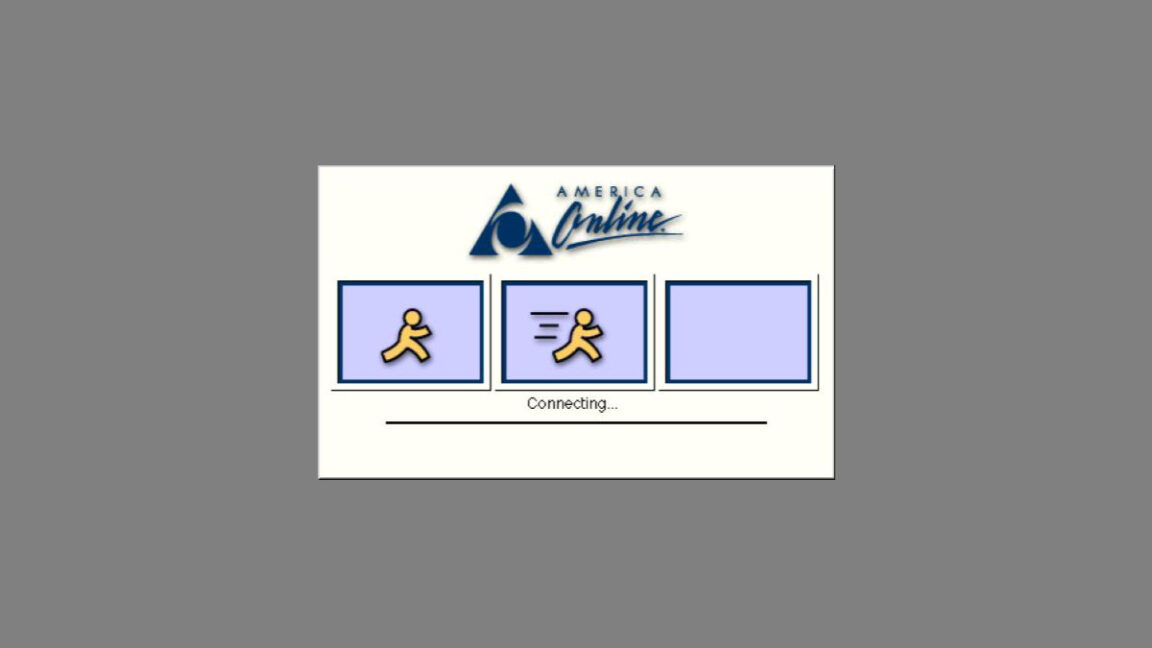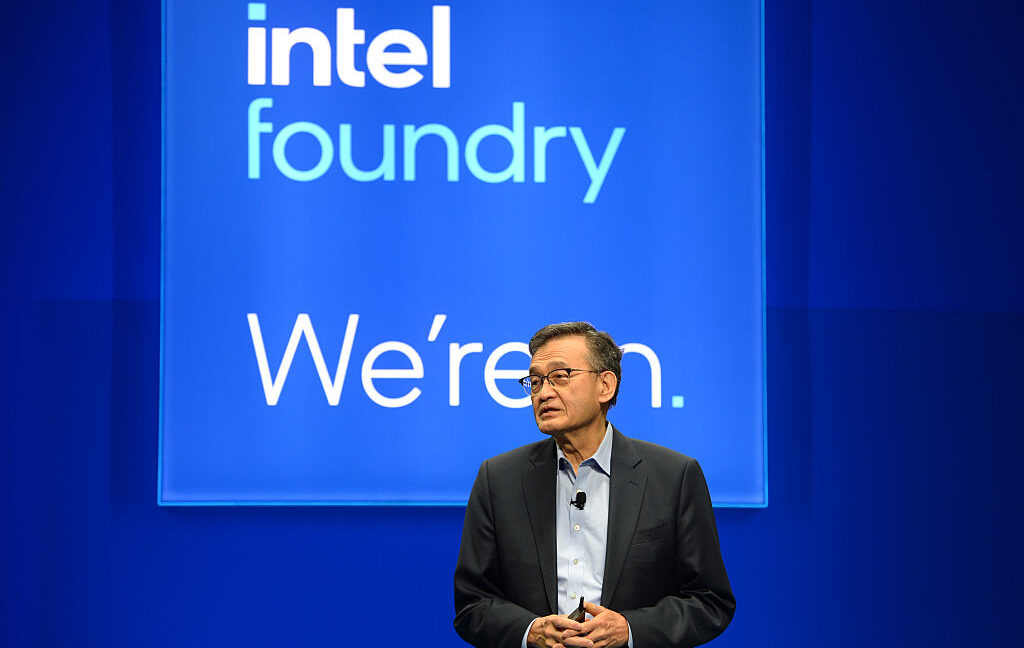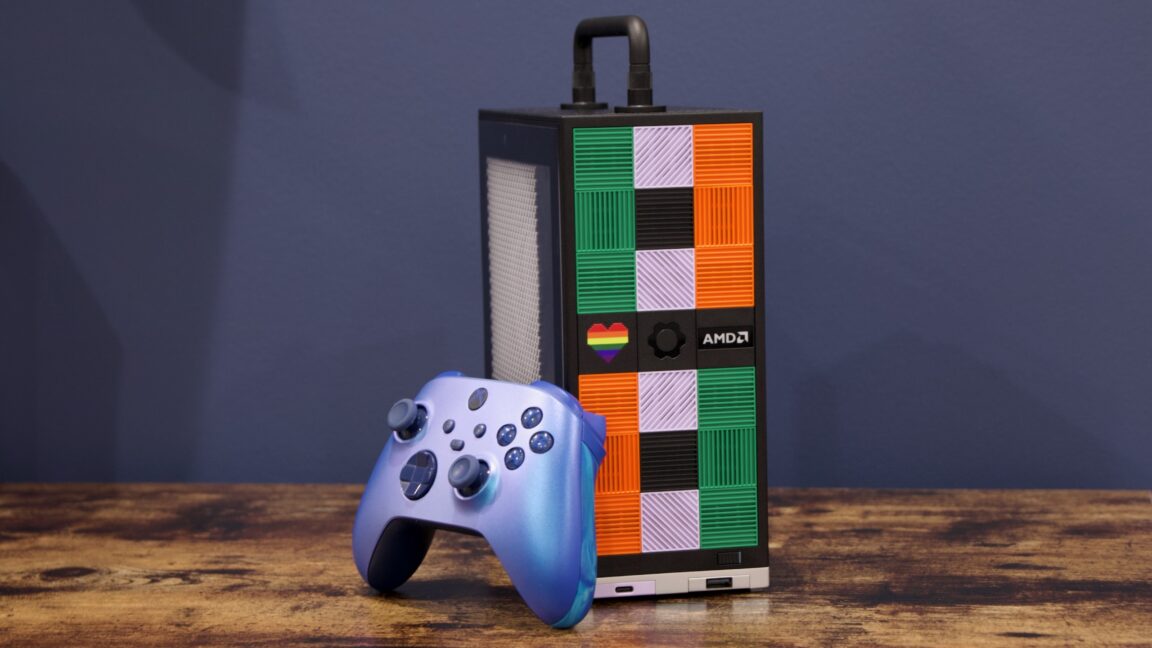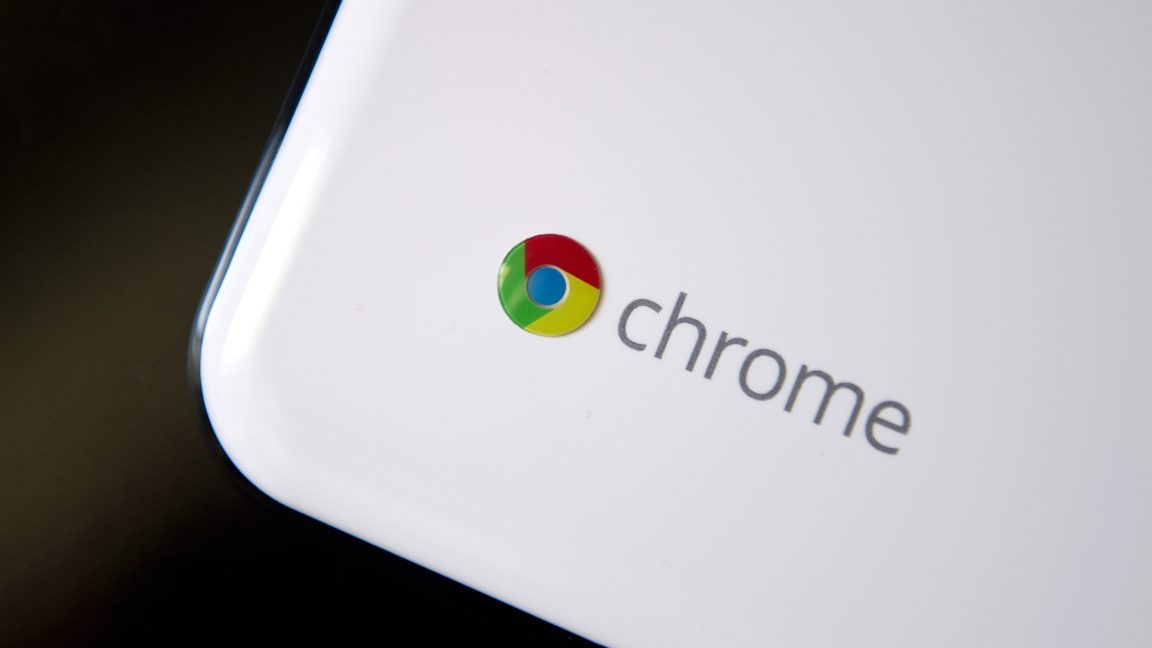AOL's Upcoming Shutdown of Dial-Up Internet Service

In a significant move marking the end of an era, AOL has announced that it will discontinue its iconic dial-up internet service on September 30, 2025. This service, once a primary gateway to the World Wide Web for millions, will cease operations as AOL shifts away from technologies that have become obsolete in the broadband age.
AOL released a statement confirming the closure, stating, "AOL routinely evaluates its products and services and has decided to discontinue Dial-up Internet. This service will no longer be available in AOL plans." Alongside this, the AOL Dialer software and the AOL Shield browser will also be retired.
First launched in 1991 under the name 'America Online,' AOL's dial-up service was originally designed as a closed online service, only expanding to full internet access in 1994. During its peak, it boasted over 25 million subscribers but has seen diminishing numbers with the rise of broadband internet.
The discontinuation of this service highlights the persistent digital divide in the United States, where approximately 175,000 households still rely on dial-up connections, particularly in rural areas lacking broadband infrastructure. While alternatives like satellite internet exist, they often come with higher costs and data limitations.
The nostalgic sound of dial-up—a symphony of screeches and beeps—will become a thing of the past. This technology, which required a phone line and often led to family disputes over phone usage, delivered a mere 56 kilobits per second compared to modern fiber connections that offer 500 Mbps.
Although dial-up will remain through niche providers such as NetZero and Juno, the overall infrastructure supporting it is increasingly unsustainable. AOL's decision was likely influenced by the economic feasibility of maintaining such a legacy system for a dwindling user base.
For those reliant on AOL's service, the shutdown date serves as a crucial deadline to find alternative internet solutions, ranging from satellite to cellular services. While some users may find themselves without viable options, this transition marks a notable shift in how we connect to the digital world.



